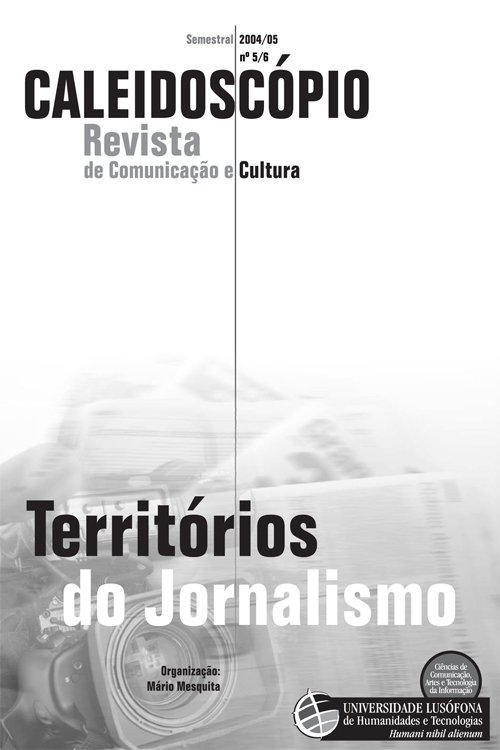A representação das minorias sexuais na informação televisiva portuguesa – uma questão «territorial»
Abstract
Este artigo aborda a questão da representação das minorias sexuais na informação televisiva portuguesa. Pretende compreenderse, a partir da ideia de jornalismo como território de intersecção de vários discursos sociais, de que forma é representado um grupo minoritário e tradicionalmente considerado desviante e objecto de estigma num meio de comunicação de massa. Para tal, equaciona-se o impacto social dos media, em particular da televisão, na alteração das condições de visibilidade das realidades socialmente invisíveis, e problematiza-se a tensão entre as dimensões capitalista e democrática da televisão. Ainda, aborda-se as particularidades das características relevantes das condições e lógicas de produção do discurso jornalístico, procurando articular o «mapa» deste território com a realidade das minorias sexuais. Finalmente, apresentam-se os resultados mais significativos de um estudo de caso sobre a SIC no período de 1995-2000 com vista à caracterização da representação das minorias sexuais produzida pelo discurso jornalístico num canal comercial de televisão português.Downloads
Download data is not yet available.
Issue
Section
Artigos
Authors who publish with this journal agree to the following terms:
- Authors retain copyright and grant the journal right of first publication with the work simultaneously licensed under aCreative Commons Attribution License that allows others to share the work with an acknowledgement of the work's authorship and initial publication in this journal.
- Authors are able to enter into separate, additional contractual arrangements for the non-exclusive distribution of the journal's published version of the work (e.g., post it to an institutional repository or publish it in a book), with an acknowledgement of its initial publication in this journal.
- Authors are permitted and encouraged to post their work online (e.g., in institutional repositories or on their website) prior to and during the submission process, as it can lead to productive exchanges, as well as earlier and greater citation of published work (See The Effect of Open Access).


